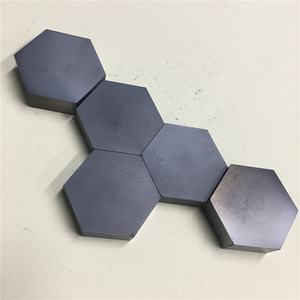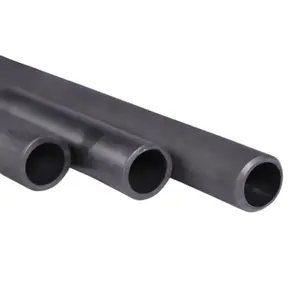Professional industry ceramic supplier, silicon nitride, silicon carbide, aluminum nitride and any other kinds of ceramics.
PRODUCT PARAMETERS
Description
Overview of Silicon Carbide Ceramic Tube Wear Resistant Sic Tube/Beam/ Pipe for Industry High Temperature Kilns
Silicon Carbide Ceramic Tube Wear Resistant Sic Tube/Beam/ Pipe for Industry High Temperature Kilns ceramics are a class of ultra-high-performance materials known for their exceptional thermal conductivity, outstanding mechanical properties, and superior chemical stability. They excel in the most demanding environments involving extreme temperatures, wear, and corrosive agents. This combination of properties makes SiC ceramics indispensable for advanced applications in aerospace, energy, automotive, and industrial processing.
Features of Silicon Carbide Ceramic Tube Wear Resistant Sic Tube/Beam/ Pipe for Industry High Temperature Kilns
-
Exceptional Thermal Conductivity: Facilitates excellent heat dissipation, outperforming many metals and most other ceramics.
-
High-Temperature Strength: Maintains remarkable mechanical strength and creep resistance at temperatures up to 1650°C.
-
Superior Wear & Abrasion Resistance: Offers extreme hardness, making it ideal for wear-prone components like seals, nozzles, and liners.
-
Excellent Chemical Inertness: Highly resistant to oxidation and attack by acids, alkalis, and molten metals.
-
High Thermal Shock Resistance: Withstands rapid temperature changes without cracking or degrading.
-
Semiconductor Properties: Used extensively in high-power, high-frequency electronic devices.
Specification of Silicon Carbide Ceramic Tube Wear Resistant Sic Tube/Beam/ Pipe for Industry High Temperature Kilns
Silicon carbide ceramic tubes use impressive performance in difficult commercial kiln environments. This material is incredibly tough. It stands up to wear much better than standard steels or other ceramics. These tubes withstand severe warm without losing stamina. They handle temperature levels approximately 1600 ° C conveniently. Thermal shock resistance is another crucial benefit. Fast temperature level modifications will not split or damage them. This makes them ideal for requiring kiln applications.
You obtain dependable service life. Televisions preserve their shape and stability under hefty lots and high warmth. Corrosion resistance is exceptional. They work well despite having rough heating system atmospheres. This includes oxidizing or lowering conditions. Frequent thermal cycling is not a trouble. They heat up and cool accurately over and over.
The material offers outstanding dimensional security. It will not warp or sag significantly at operating temperatures. This makes certain regular efficiency in your kiln configuration. Chemical inertness is another benefit. The majority of liquified steels and slags do not respond with silicon carbide. This secures television from strike.
Using these tubes implies fewer substitutes. They last a lot longer than options. This minimizes downtime and upkeep expenses. Energy effectiveness can improve. Silicon carbide performs heat well. This assists achieve uniform temperatures inside the kiln. The tubes work well for heater furniture. They work as beams, supports, and radiant tubes effectively. They manage hefty loads at heats consistently. Their strength remains high also under intense warmth. This material supplies reliable procedure in the most penalizing problems.
Applications of Silicon Carbide Ceramic Tube Wear Resistant Sic Tube/Beam/ Pipe for Industry High Temperature Kilns
Silicon carbide ceramic tubes offer essential solutions for difficult commercial kiln atmospheres. These tubes take care of extreme heat extremely well. They work reliably in temperature levels far beyond what most products can endure. This makes them ideal for requiring heat kilns. Many sectors rely on them daily.
The key advantage is remarkable wear resistance. Silicon carbide is exceptionally tough. Unpleasant materials streaming via or around television cause minimal damage with time. This hardness translates directly into a lot longer life span. Changing used components happens less typically. This conserves considerable downtime and replacement costs for heater drivers. Upkeep routines become simpler.
Thermal shock resistance is one more significant advantage. Kilns often heat up and cool down throughout operation. Rapid temperature level modifications anxiety products seriously. Silicon carbide tubes take care of these cycles without splitting. They preserve structural honesty where various other ceramics may fail. This dependability is important for constant manufacturing procedures. Unanticipated failings stop assembly line.
Superb thermal conductivity is additionally crucial. Silicon carbide tubes transfer heat effectively. This assists achieve uniform home heating inside the kiln chamber. Regular temperatures are essential for product quality assurance. Much better warm distribution commonly brings about energy cost savings too. The kiln operates more effectively on the whole.
These homes make silicon carbide tubes suitable for countless kiln work. They serve as protective sleeves for thermocouples and heating elements. They work as glowing tubes, burner nozzles, and support beams for kiln furnishings. They work as linings in areas suffering high abrasion. Common applications exist in porcelains firing, steel warmth treatment, powder handling, and chemical production. Industries encountering extreme warm and use locate these tubes essential.
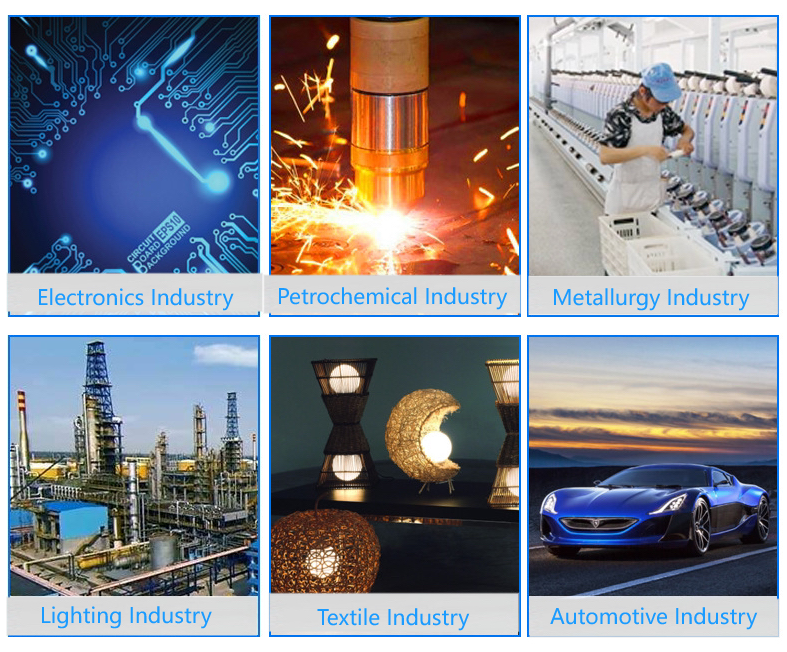 Company Profile
Company Profile
Tanki New Materials Co.Ltd. focus on the research and development, production and sales of ceramic products, serving the electronics, ceramics, chemical and other industries. Since its establishment in 2015, the company has been committed to providing customers with the best products and services, and has become a leader in the industry through continuous technological innovation and strict quality management.
Our products includes but not limited to Aerogel, Aluminum Nitride, Aluminum Oxide, Boron Carbide, Boron Nitride, Ceramic Crucible, Ceramic Fiber, Quartz Product, Refractory Material, Silicon Carbide, Silicon Nitride, ect. please feel free to contact us.
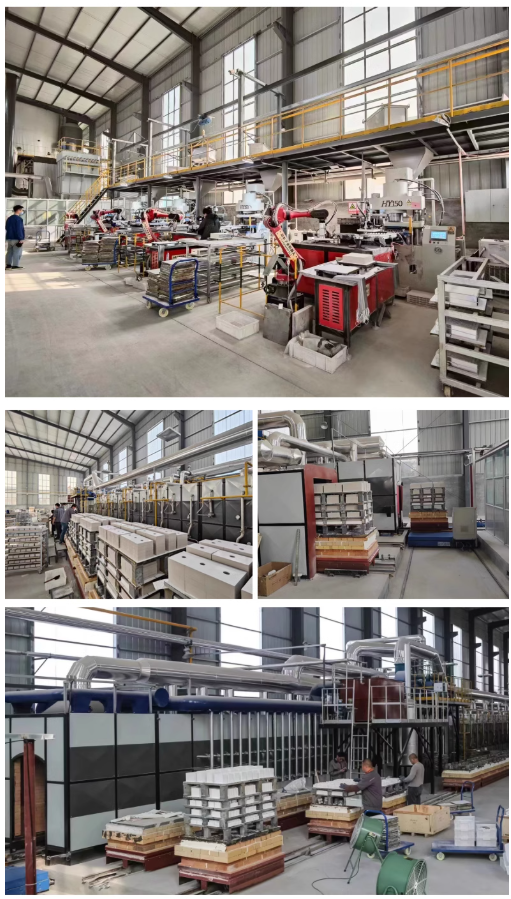 Payment Methods
Payment Methods
T/T, Western Union, Paypal, Credit Card etc.
Shipment Methods
By air, by sea, by express, as customers request.
5 FAQs of Silicon Carbide Ceramic Tube Wear Resistant Sic Tube/Beam/ Pipe for Industry High Temperature Kilns
Here are five common questions about Silicon Carbide Ceramic Tubes for high-temperature kilns:
What makes Silicon Carbide tubes different from other kiln furniture?
Silicon Carbide tubes are incredibly hard. They are much harder than metals or standard ceramics. This hardness directly fights wear. It also handles sudden temperature changes well. This is thermal shock resistance. They resist chemical attack too. This combination is vital for harsh kiln conditions.
How hot can these Sic tubes safely operate?
These tubes handle extreme heat. They work reliably long-term up to about 1600°C (2912°F). Some specially made grades can handle short bursts even hotter. This surpasses the limits of most metals and other ceramics. They keep their strength well at these temperatures.
Why do Sic tubes last so much longer?
Their extreme hardness is the main reason. It makes them highly resistant to abrasion. Abrasion is a major cause of wear in kilns. They resist oxidation and chemical corrosion at high heat. Their thermal shock strength prevents cracking from rapid heating or cooling. This all adds up to much longer service life.
Are there any handling concerns?
Yes, handle them carefully. Silicon Carbide is very hard but also brittle. Avoid impacts or dropping them. Rough handling can cause chips or cracks. Support tubes properly during installation. Don’t apply point loads. Follow the manufacturer’s specific handling and installation instructions closely.
Are they worth the higher cost?
Yes, usually. The initial price is higher than alternatives like alumina ceramics. The extended lifespan offers significant savings. You need fewer replacements over time. This reduces kiln downtime for maintenance. Less downtime means more production. The long-term operational cost is often lower.
REQUEST A QUOTE
RELATED PRODUCTS
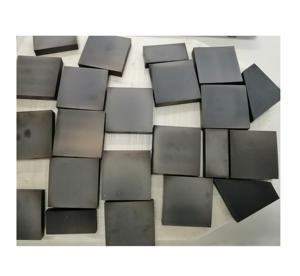
Alumina Ceramic Rod Pressure Free Sintered Silicon Carbide Ceramic Shaft Customized
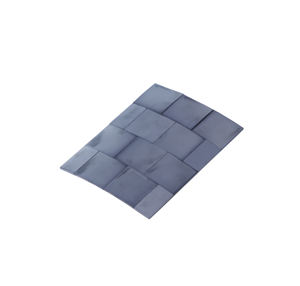
Refractory Nitride Bonded Silicon Carbide Kiln Shelves Black Sic Ceramic Plate
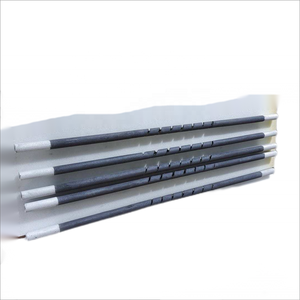
Customized Silicon Carbide Ceramic Sic Ceramic Plate for Semiconductor Industry
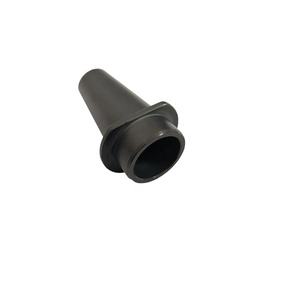
125mm 100mm Grinder Ceramic Zirconium Aluminum Oxide Silicon Carbide Fibre Discs Paper
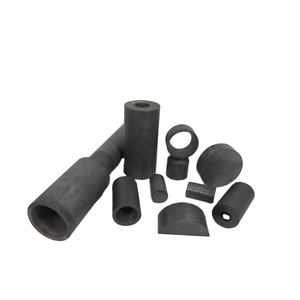
Customize Silicon Carbide Ceramic Filters Plate Square Sic Porous Vacuum Chuck
